
Code: 09028211
Public Natures
by Marion Weiss, Michael A Manfredi
Authors' Statement Larger than life but part of it, infrastructure has an immediate presence; it shapes our environment and urban life in vital, authentic and often messy ways. The very nature of infrastructure suggests continuity ... more
- Language:
 English
English - Binding: Hardback
- Number of pages: 304
Publisher: Princeton Architectural Press, 2015
- More about this

64.54 €
Availability:
50/50 We think title might be available. Upon your order we will do our best to get it within 6 weeks.
We think title might be available. Upon your order we will do our best to get it within 6 weeks.We search the world
You might also like
-

Pip and Posy: The Scary Monster
7.26 € -27 % -

Ordinary Person, An Extraordinary Gift
34.34 € -
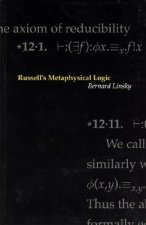
Russell's Metaphysical Logic
31.20 € -

You Really Love Me!!!
20.09 € -

With Every Breath
12.82 € -20 % -

Brother Code
112.02 € -

Equitable Cultural Tourism Handbook
112.02 €
Give this book as a present today
- Order book and choose Gift Order.
- We will send you book gift voucher at once. You can give it out to anyone.
- Book will be send to donee, nothing more to care about.
Availability alert
Enter your e-mail address and once book will be available,
we will send you a message. It's that simple.
More about Public Natures
You get 162 loyalty points
 Book synopsis
Book synopsis
Authors' Statement Larger than life but part of it, infrastructure has an immediate presence; it shapes our environment and urban life in vital, authentic and often messy ways. The very nature of infrastructure suggests continuity and connection, yet the physical manifestation of infrastructure also has the capacity to sever communities and unravel the increasingly fragmented fabric of our metropolitan world. If infrastructure can be defined as the basic physical and organisational structure needed for the operation of a society or enterprise, then rail and subway lines, distribution grids, water ways, communications rights-of-way, highways, bridges, on and off ramps, are all elements of our constructed landscape that are as pressing as the cultural institutions that typically attract the attention of designers and the general public. We look at the physical elements of infrastructure and the often marginalized sites they occupy as potential contributions to a meaningful public realm. We focus our attention on the interstitial spaces that transform and reconnect disparate enclaves across the metropolis. Complementing the proposed reinvigoration of the infrastructural project proper, we also seek to expand the domain of infrastructure to encompass its latent qualities as an armature for social and cultural practices--its "public natures." Toward these ends, the case of the campus and the research institution offers a compelling venue to test the evolution of the infrastructural project in the spatial, social, and technological registers. In contrast to the open-ended movement and continuities associated with infrastructure, institutions have traditionally been characterised by the clarity of their boundaries, with finite internal infrastructures designed to support their distinct requirements. However, the expanding scale and definition of the campus and the proliferation of research institutions in cities po e new opportunities and challenges for infrastructural thinking. Herein lies the potential for activating buildings so that they perform not as static groupings of forms, but as ecologies of pieces which intersect and overlap with neighboring urban ecologies. What if a new paradigm for infrastructure existed? We imagine a definition that is both projective and pragmatic--a prototypical ideal might be described as an Evolutionary Infrastructure--intrinsically agile, capable of optimising the performance of static institutions and leveraging the stray spatial consequences of pre-existing infrastructures. Public Natures: Evolutionary Infrastructures suggests new obligations and opportunities for infrastructure, a doubling of responsibilities that tasks traditional mono-functional infrastructures with new public and ecological imperatives, and obligated urban institutions to create buildings that are effected by and affect infrastructures with new academic and cultural imperatives. This dual definition --of infrastructure bent towards public life, and buildings inflected to include more infrastructural dimensions --is especially relevant to urban centers and academic institutions that have experienced great transformation over time. At stake is the intrinsic tension between cities as places of exchange and movement, and institutions obligated to convey legible boundaries between what belongs to the institution and what is separate. We are interested in the capacity of these infrastructural elements to do more work, to leverage their very physical presence to support a broader range of ecological, institutional, and cultural imperatives. For us, the allure of this new public territory lies in the range of scales and hybrid opportunities it affords. Our idea of an evolutionary infrastructure doesn't condemn existing artifacts of infrastructure or depend on a tabula rasa utopian condition, but rather envisions new reciprocities between pre-existing infrastructural systems and more ecologically resilient territories for public life.
 Book details
Book details
Book category Books in English The arts Architecture Architectural structure & design
64.54 €
- Full title: Public Natures
- Subtitle: Evolutionary Infrastructures
- Author: Marion Weiss, Michael A Manfredi
- Language:
 English
English - Binding: Hardback
- Number of pages: 304
- EAN: 9781616893774
- ISBN: 161689377X
- ID: 09028211
- Publisher: Princeton Architectural Press
- Weight: 1504 g
- Dimensions: 252 × 200 × 35 mm
- Date of publishing: 08. September 2015
Trending among others
-

How to Read Buildings
13.93 € -24 % -

Essential Light Straw Clay Construction
31.41 € -22 % -

Albert Frey
14.74 € -13 % -

Cabin Porn
14.03 € -11 % -

Architectural Styles
21.91 € -22 % -

Small Eco Houses
27.77 € -22 % -

Contemporary Concrete Buildings
21.20 € -

Fast Guide to Architectural Form
16.66 € -8 % -
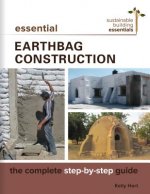
Essential Earthbag Construction
31.91 € -21 % -

New Orleans
41.91 € -17 % -
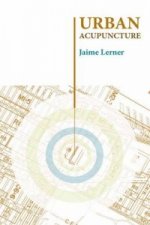
Urban Acupuncture
20.29 € -

Green Studio Handbook
105.45 € -

Detail in Contemporary Residential Architecture 2
45.14 € -28 % -

BIG. Yes is More. An Archicomic on Architectural Evolution
25.95 € -26 % -
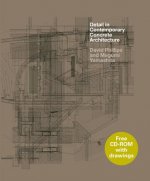
Detail in Contemporary Concrete Architecture
40.70 € -19 % -

Clay and lime renders, plasters and paints
33.63 € -17 % -
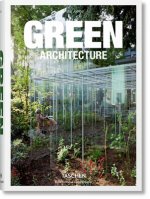
Green Architecture
20.80 € -

Conditional Design
13.93 € -2 % -
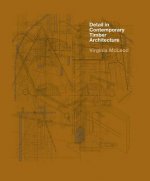
Detail in Contemporary Timber Architecture (paperback)
32.72 € -22 % -

Skyscrapers
30.70 € -6 % -

Detail in Contemporary Glass Architecture
50.09 € -28 % -

Earthen Floors
27.67 € -22 % -
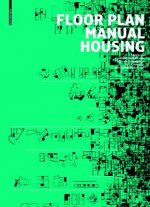
Floor Plan Manual Housing
62.52 € -13 % -

Art Deco Interiors
21.20 € -28 % -

Architectural Styles
19.89 € -23 % -

Design Drawing, Third Edition
62.72 € -4 % -

Place to Call Home
48.78 € -18 % -

Discovering Timber-framed Buildings
8.17 € -19 % -

Architecture and Anarchism
28.88 € -19 % -
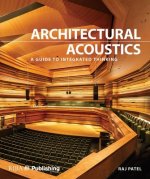
Architectural Acoustics
79.49 € -

Essential Natural Plasters
32.92 € -18 % -

Building a Sustainable Home
20.50 € -21 % -
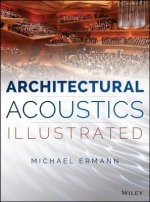
Architectural Acoustics Illustrated
93.43 € -

Luxury and Modernism
85.25 € -

Principles of Element Design
61.71 € -
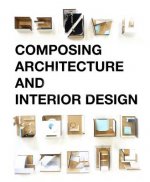
Composing Architecture and Interior Design
16.66 € -8 % -

Builders of the Pacific Coast
27.57 € -18 % -

Treehouse Book
21 € -31 % -

Modulor and Modulor 2
52.32 € -14 % -

Architect Says
15.75 € -

Architectural Rendering with 3ds Max and V-Ray
68.99 € -
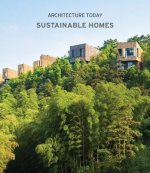
Architecture Today: Sustainable Homes
45.75 € -4 % -

Complete SketchUp Companion for Interior Design
81.61 € -10 % -
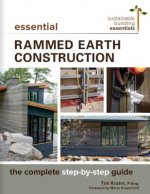
Essential Rammed Earth Construction
38.78 € -23 % -

Where Architects Sleep
20.40 € -18 % -
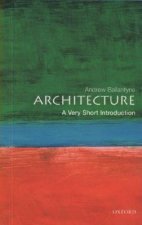
Architecture: A Very Short Introduction
9.28 € -28 % -
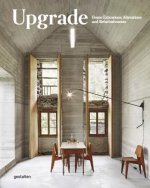
Upgrade
41.91 € -17 % -
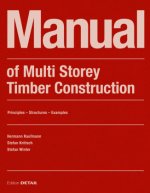
Manual of Multistorey Timber Construction
125.25 € -13 % -
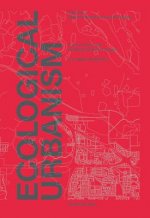
Ecological Urbanism
59.99 €
Collection points Bratislava a 2642 dalších
Copyright ©2008-24 najlacnejsie-knihy.sk All rights reservedPrivacyCookies


 15549 collection points
15549 collection points Delivery 2.99 €
Delivery 2.99 € 02/210 210 99 (8-15.30h)
02/210 210 99 (8-15.30h)